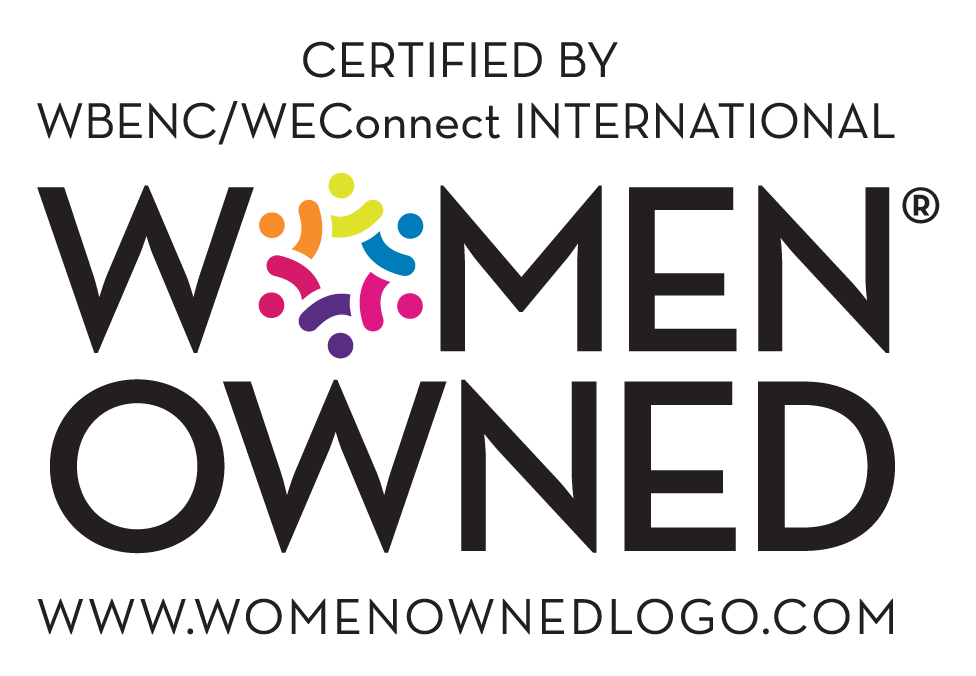Part 1 of a 5-part series on becoming and staying a curious leader.
People across the U.S. are calling on organizations of all types to be different. To have different values. To hire and support people differently. To be better contributors to communities and the world. Responding to calls for change will require individual and organizational learning. Organizations with learning cultures are several steps ahead.
What is a Learning Organization?
David Garvin calls a Learning Organization one that is skilled at creating, acquiring, and transferring knowledge and modifying its behavior to reflect new knowledge and insights (1993, 2008). He has written extensively on the subject and draws on the work of Peter Senge in The Fifth Discipline and others.
Why adopt a learning stance?
A learning stance is the mindset and attitude necessary for the creation of a learning organization. Having a learning stance simply means remaining curious demonstrated by continually asking questions like: “How do we know that’s true?” “What have I learned?” or “How can we do this better?”
There is a clear competitive advantage for a company that continues to learn and grow. Organizations and nonprofits see the value when they better understand their market, their market’s response to their service, and their market’s needs. With the knowledge gained, they will be able to preempt challenges and will have time to respond effectively.
Within an organization the employee can either be a doer or a learner. A doer completes the task. They may get better at it incrementally over time, but there is no intentionality in their growth. They may even become more skilled at their job but without any new insights into the role.
A learner is intentionally trying to get better at what they’re doing. For example, a supermarket stock person may discover a more efficient way of stocking the shelves, or a teacher may develop better practices, an engineer may come up with new technology, and a business executive may make changes based on market research. These are all intentional learners that advance their role for the organization.
The Learning Stances
There are three stances in the workplace: the completion stance, the performance stance, and the development stance. Individuals in the completion stance are the doers. The completion stance represents workers who only want to get the job done. Individuals in the performance and development stances are the learners. The performance stance represents workers who do what they need to do to ensure a quality outcome. The development stance represents workers who get the task done well and use it as a springboard to do things even better in the future.
Completion Stance
Most widely practiced in organizations, the completion stance is observed in organizations with continuously accelerated project timelines. Organizations that remain in crisis mode tend to value speed over quality of work. The culture is “Good Enough.”
Workers in this environment are preoccupied with immediate performance due to challenging circumstances and cannot plan for future experiences. Competing demands create a blind spot for learning opportunities. Learning that takes place in these environments is called “accidental learning” because of the lack of intentionality. Organizations that are regularly in crisis mode do not get to direct efforts towards future endeavors; they are always putting out fires. These organizations miss the competitive advantage afforded by intentional learning and forward thinking.
To determine whether your organization may be perpetuating a culture of “good enough,” consider the following points of reflection:
- Is there always a push to “just get the job done?”
- Is learning encouraged on the staff’s “own time?”
- Is there usually a time constraint?
- Is there a preoccupation with the outcome while neglecting the process?
If most of these bullets apply, your organization may benefit from a mindset shift to more intentional learning. One attainable redirection is to take time to learn from past experiences. After a major project or task, plan time to ask, “How well did we carry it out?”
Even if the task was unsuccessful, there is still a learning opportunity: a productive failure. Productive failures are more helpful than unproductive successes. (An unproductive success is a time when something goes well, but no one knows why.)
Consider your organization. Would reflection time be beneficial? What needs to happen for you to be able to implement reflection time for yourself? For your team?




